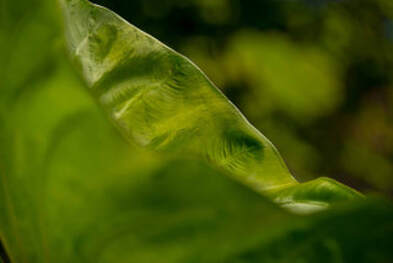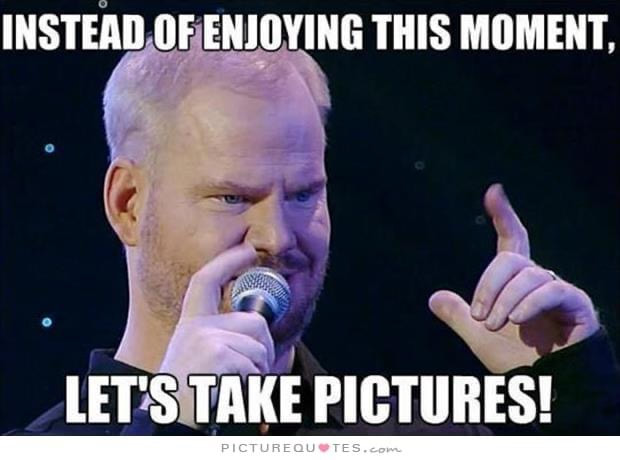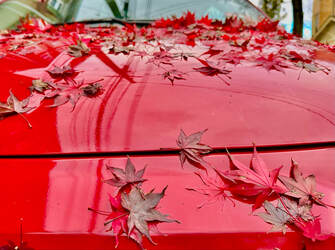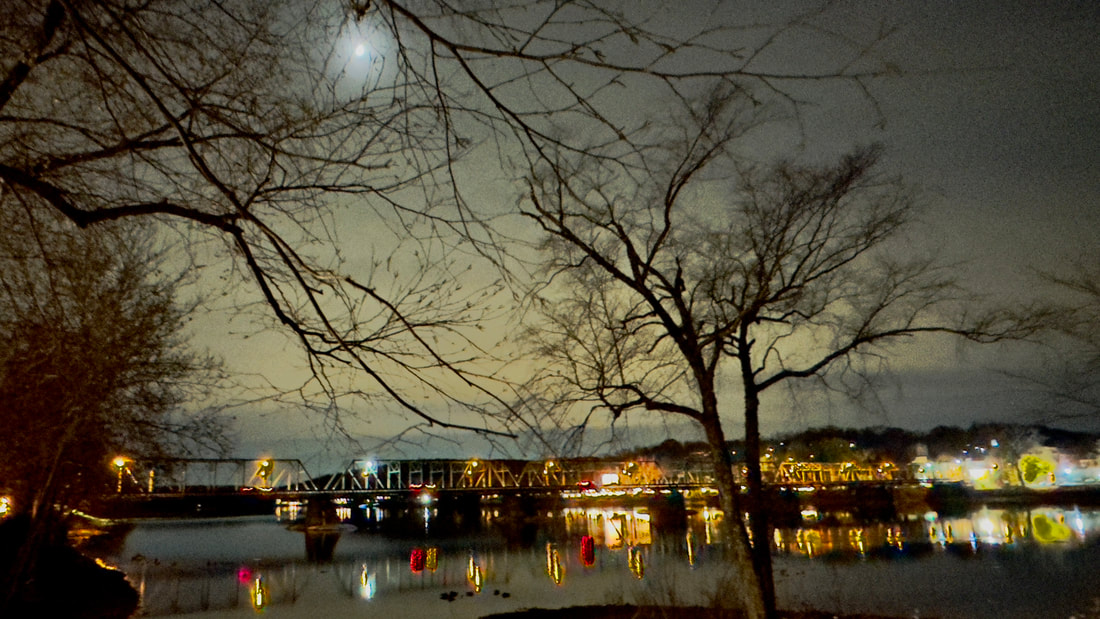|
Taking Fewer yet Better Pictures By Stephen Harris (River Town Creative/Photography by Stephen Harris) It seems we are always in a hurry, with so much on our minds, even when walking through a serene park or an inspiring museum. Add to this the power and convenience of the mobile phone or digital camera, where we can aim to take a photo of anything that comes along, click and go. Then we get home and review the day's images, and discard many; and in some cases, we may not have remembered taking this shot of something we can’t even recall seeing. We reflect on the day, and really, did we experience joy, or did we just take pictures? This may seem like an extreme example of our busy lives while in a peaceful venue, but could we step back and consider the walk as the priority, and the photography secondary?
Two recent mindful photography walk photos. Mindful photography is about being fully present and engaged in the act of capturing images. By practicing mindfulness, you can enhance your photography skills while also cultivating a deeper appreciation for the world around you, ultimately taking fewer yet better images.
Our adventure workshops are geared towards mindfulness in photography, including Hidden Lambertville and Hidden Frenchtown, among others. Review the current photography classes and adventure workshops- and sign up for our no-spam newsletter.
2 Comments
 My mind runs at a pace well over 100 mph. Ideas, to-do lists, daily worries; all seek my attention. At times it becomes too much, so I would grab my camera, take a short drive. I would go to a place nearby and would explore. Even though I been to these places many times, I would see new things, or the same things, differently. I would be in the moment, a Zen like state. It took a stroke to discover the benefits of mindfulness. As part of my therapy, I would meditate, slowing the world around me. Looking at a star or a planet in the sky, focused on the singularity, reaching a mindful state. I realized that I was being in a state of Mindfulness when I separated from all the mental noise and focused on my destination, with my camera. Attaining a mindful state If you’ve taken a photography class, you learned about aperture, shutter speed, ISO and other technical aspects of photography. You aim your camera, and your mind thinks about the settings, the mechanics of the shot. Worse, you might see imperfections in the composition, or you wish you had a different lens or a better camera. In Mindfulness, this is called a mindless state. This can easily overshadow your creativity. Ideally, you see the photo with your eye and intuitively, aim your camera and shoot. A pro golfer knows where he wants to ball to land, gets himself in position and swings. The mechanics of his shot is instinctual. Separating yourself from your mindless state can be challenging at first. A technique that I am trying- take a daily walk through your neighborhood, taking one picture a day. Don’t judge, but also don’t necessarily shoot the first picture you see. If you practice meditation, do so before you pick up your camera. I take a walk every day, along the same route. I take my iPhone and when my eye sees a picture, I consider whether I am willing to take it, because I only can take one. If I take the shot, no regrets, the iPhone goes in my pocket for the duration of my walk. Visualize what you see The previous example takes discipline, and I don’t recommend this for your vacation. However, it illustrates a good practice of slowing down, think about the image you see, before moving the camera into position. When your eye sees something of interest, your instinct is to aim and shoot. I suggest taking a moment and visualize your subject or the object. Be mindful of the image, before you depress the shutter button. It’s normal for your eyes to see something of interest, and instinctively aim your camera and shoot. Often, you may experience tunnel vision, only seeing the object that first caught your attention in the picture. You could be missing a better shot, or a distracting element you only discover when you look over your pictures later. Consider various angles, the lighting and background. Get yourself in a mindful state, let your eyes become the camera lens; experience the image before you depress the shutter button. NEW: We have created a series of courses - Mindfulness in Photography: The Art of Seeing. Visit our class schedule and register for our newsletter to learn more. |
Categories
All
|
|
© 2024 River Town Creative, LLC - All Rights Reserved
|



